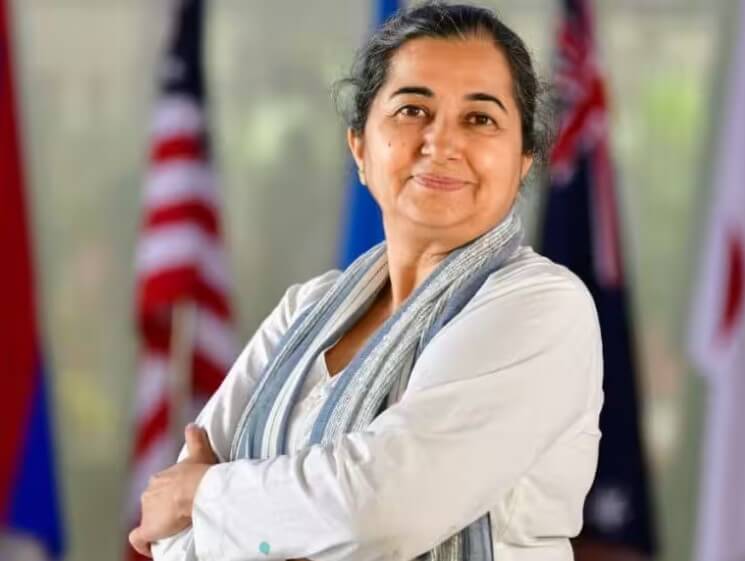Role of CBSE’s multilingual initiative in promoting linguistic diversity in education
The Adrinka writing system of the West African Akan people has a symbol of a mythical bird flying forward with its head turned back. Termed Sankofa, it is understood as the importance of knowing our past to forge our future. Language, as a repository of our pasts and an expression of our futures, is akin to that bird, losing sight of neither. Our language of learning is an intrinsic tool which shapes our view of the world. It is not merely a medium of instruction or another subject to quantify through assessments. Rather, it is the link which connects each child to their home, their land, their histories and who and what they become.

By Shashi Banerjee
India’s rich cultural heritage and linguistic diversity are pivots to guide our generations forward. Multilingualism has been a hallmark of that for centuries, a tapestry with myriad ways to weave the threads of our existence. From saints traversing with their songs to craftspeople and traders navigating with their goods; from languages born here and which travel the world to languages borrowed and moulded as our own; each loop connects the past with the present. A multilingual understanding is the vivid dye which colours our experiences of cultures, cuisines, music, art, festivals, thought and perspective.
As an educational policy in India, multilingualism has taken different avatars, be it the three-language formula of ‘68 or the multilingual classroom as a resource in itself of NCF ‘05. The National Education Policy 2020 and CBSE’s recent initiative to promote linguistic diversity are continuations of these considerations to understand our linguistic diversity as an asset, not a liability. It is integral to these policies, and their implementation that language is not just relegated to an instructional medium. It is an immersive experience to provide learners with a toolkit to explore the multifaceted human experience.
We have the unique opportunity to nurture languages from five distinct linguistic families: Indo-Aryan, Dravidian, Austro-Asiatic, Tibeto-Burman, and Andamanese. Our history and current geopolitical realities have also given us English, the knowledge of which has helped Indians become global leaders. In this forest, then, which tree stands supreme? The one with the most branches? Or the one with the most speakers? Or one seen as least offensive because it is not ours, to begin with? Perhaps no tree should stand supreme; all roots intermingled to hold the earth stronger together.
The new policy is a step toward dismantling hierarchies in our understanding of language. Interconnections are the backbone of human civilisation and language its veins. Each child’s mother tongue should be accepted and supported through pedagogy, curricula and by allowing the learner to explore and express in their own language. There is ample research demonstrating that multilingualism supports linguistic development as well as core competencies for children’s brains to develop stronger and more proficient. Beyond academic and intellectual aptitude, a multilingual experience nurtures resilience and adaptability. It flows from heritage yet ebbs and engirdles to forge with the times be it communicating with machines or evaluating how systems of language can perpetuate injustice and violence.
Empowering the learner with a varied means of expression in all aspects of linguistic strengths in one or two languages should not be considered antithetical to immersion in different languages and knowledge systems. Language is more than a written or spoken word; it is articulated just as much through dance, gesture, art, to name a few. Learning language need not be confined to a burden of content that gets quantified quite without the purpose of inculcating a love for languages. It should acknowledge that language can give us our sense of identity, in knowing and expressing in our mother tongue. It can also fill us with wonder in understanding and listening to people from diverse cultures and contexts. And it is at this intersection of past and present, one and many, us, and them, that multilingualism resides: to empower, empathise and enable change.
The Author is Director, Education, Shiv Nadar School.
The article was published in Financial Express
Sep 28, 2023 by Shiv Nadar School














